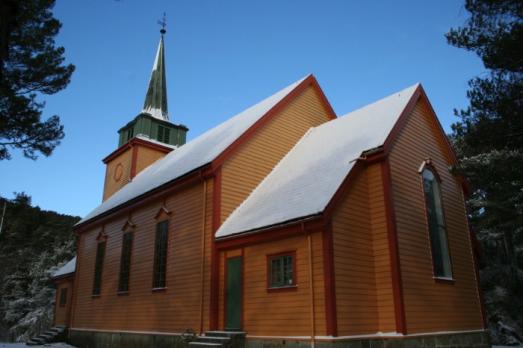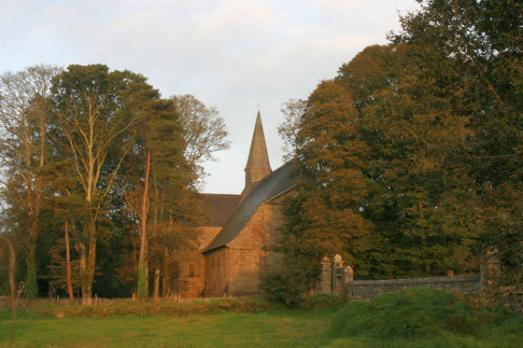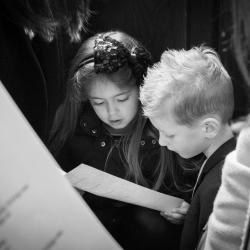
Reinli Stave Church
Reinli, NO
Reinli Stave Church is a single nave church (long church) from the 13th century or at the beginning of the 14th century. The church was restored in 1884–1885 and 1976–1977. During an archaeological excavation under the church floor in 1971-1972, coins from Håkon Håkonsson's reign (1250-1263) were found.







